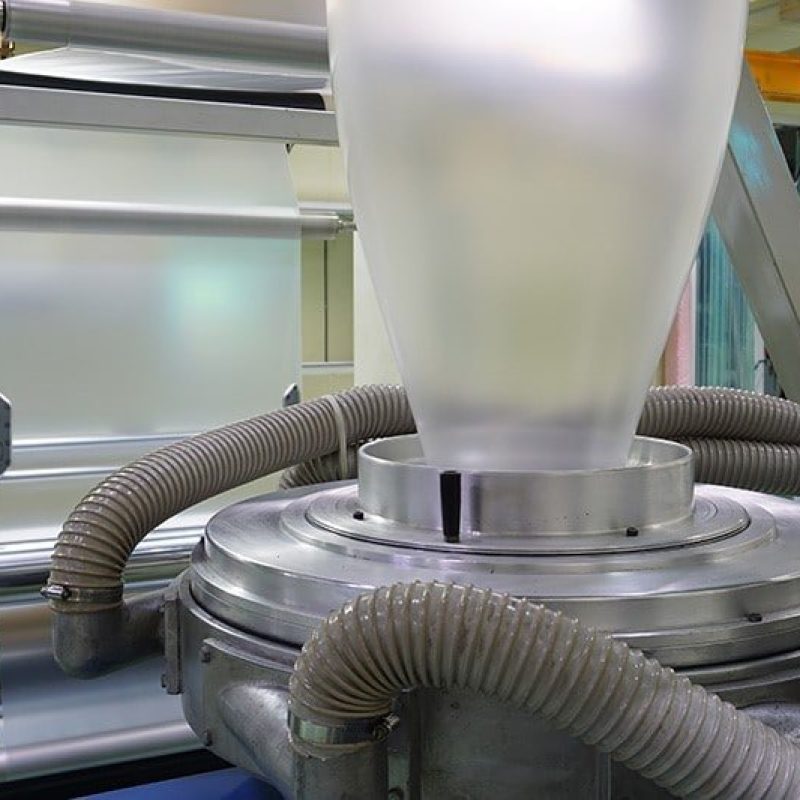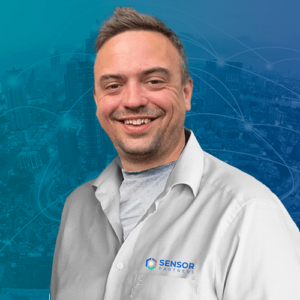The extrusion process necessary to produce plastic film out of plastic pellets which can be used as packaging material. This is an accurate and difficult process that shoudl be constantly monitored.
Film blowing proces
The extrusion process of plastic is also called film blowing process. The films can be used for different applications. Think for example of:
- Barrier film for pools, saunas, laundries;
- Shrink film for a rigid solution and protection against moist and dirt;
- Stretch film, also called wrapping film or pallet film, for safe transportation of end packaging;
- Flower pots
- Shoppings bags
The extrusion process; From polymers into plastic film
To create a beautiful plastic film, polymers such as polyopylene and polyethylene are needed. These materials can be used as pellets (often pearl-shaped) for the extrusion process.
First of all, the pearl-shaped pellets are melted in an extruder. The pellts are squeezed through a barrel with a screw. At the end of the barrel the molten plastic is extruded in a die or mold. In this case, this is a circle which emerges with air blowing from the center of the die. Now, a blown film bubble arises which is growing and rising because of a high-speed air blowing from underneath that at the same time cools it down. At a certain point, the bubble is cooled down enough, the bubble is then flattened and a flat plastic film is created with the use of NIP rollers. The film that is made is further guided via rollers to then be rolled up and finally be ready-to-use.
Monitoring the bubble with ultrasonic sensors
During this extrusion process of plastic it is important to continuoussly monitor the diameter of the bubble. This to ascertain the even spherical formation and to be able to determine the diameter. This is possible with ultrasonic sensors from microsonic. Therefore three ultrasonic sensors from the mic+ series with an analog output are placed at the same height every 120° around the bubble. All three current outputs of the sensors go through a resistor to the PLC.
The strength of microsonic is that the three ultrasonic sensors are synchronizable. The synchronization is active when all three sensors are connected to each other via pin 5. This way, the sensors do not interfere with each other and measure the distance between the sensor and the bubble synchronously. These measurements are sent to a PLC where the outcomes are furher monitored and possibly adaptations can be made.
The mic+ sensors have a bras M30 housing, an IP67 protection degree and a LED-display. Furthermore the sensors can be configured and set up with the teach-in buttons. Depending on the size of the diameter to be measured, a distinction can be made between models with a different range. From a 30 - 350 mm range to a model with 600 - 8000 mm range. Furthermore, all mic+ sensors have a temperature compensation.






